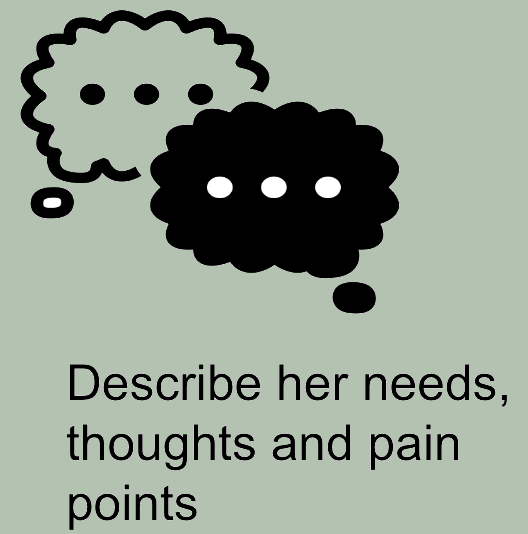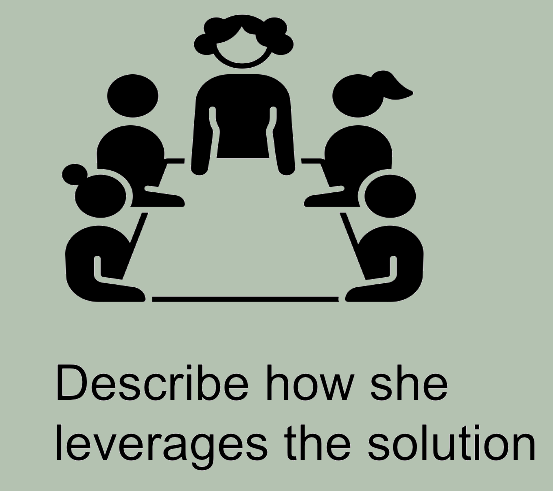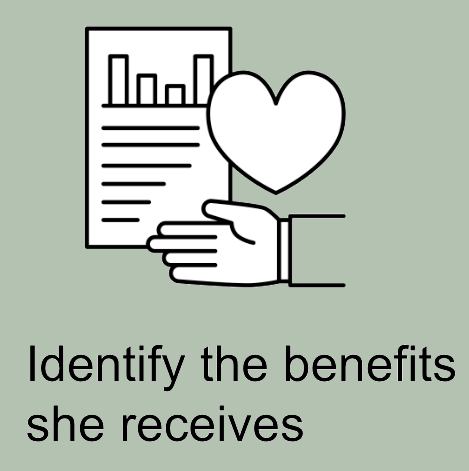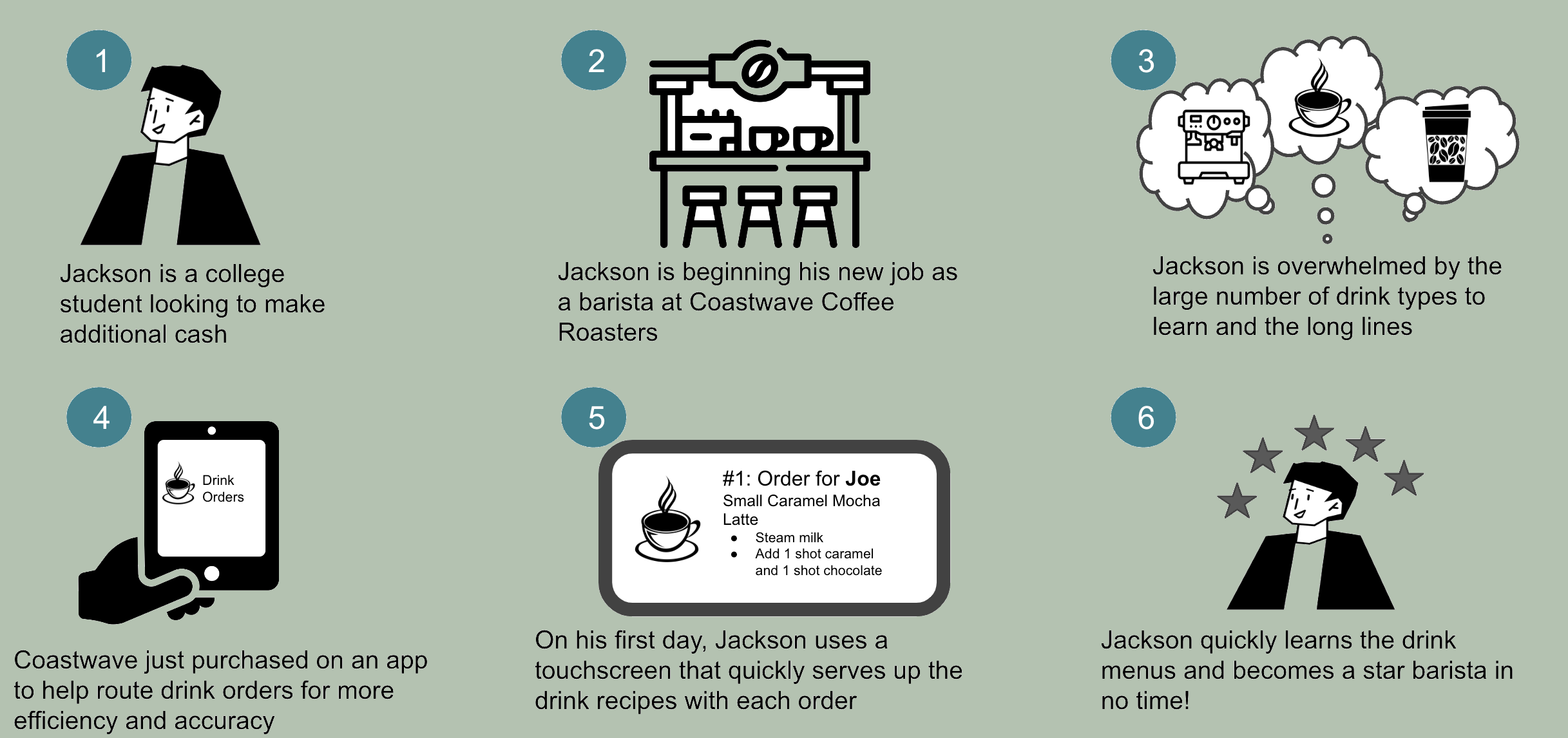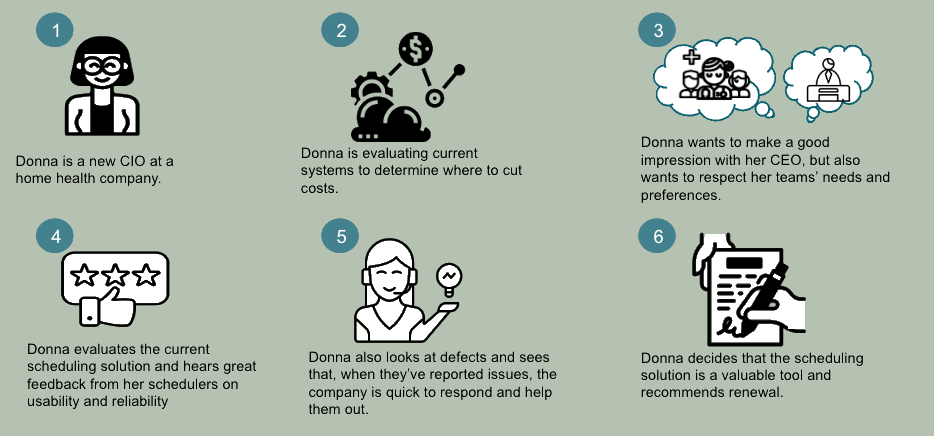Want to Move a Strategy Forward? Tell a Good Story
Laying out your product’s value proposition through a user narrative is a quick and effective way to define your offering, sell your vision, and gather reactions without a heavy investment in prototypes. Telling your story with a few words and some simple images can be far more impactful than a long list of product features. Even better, that story becomes an input to your product design and eventually your marketing materials at launch.
There are many notable studies about the impact of storytelling: on our ability to remember with greater accuracy, increase information processing and develop a deeper level of understanding of the subject. In fact, when you hear a story told, your brainwaves actually synchronize with those of the storyteller! Through storytelling, we nurture a culture of innovative thinking and enhance understanding and alignment across the team.
Our customers, when presented with a good story, increase their propensity to buy and spend more, as a fun experiment using storytelling to sell items on eBay demonstrated. The experiment involved taking a set of cheap, thrift store items and listing them on eBay with well-written fictional narratives, clearly identified as fictional in the listing. The items, initially costing $128, ended up selling for close to $4000!
What are the components of a good story? Let’s walk through them…
Start with your lead actor - your persona. Create a persona that reflects a typical beneficiary of your product or solution investment. Your persona doesn’t have to be an end user, they can reflect anyone in the value chain - implementer, buyer, even a sales or support person! But make them relatable by giving them a name and a bit of a backstory. Don’t go crazy - a few lines of introduction will suffice!
Next, set the stage. What is the persona’s work environment? Is it a store, an office, or home? Is it outdoors, indoors? Environment is not only physical - you can also describe your persona’s circumstances - the situation that your character has found themselves in, such as starting a new job or being assigned with a specific deliverable.
Give your persona some motivation. What are their thoughts and concerns? Challenges and pain points? This is a great way to articulate the problem that you are solving or the opportunity you have to to create value with a specific example.
With the first three steps you are defining the problem or the opportunity. In the next three steps you want to clearly demonstrate your value.
Briefly describe your solution. What is your offering? A mobile app, a feature, a new way of operating, a process improvement, or any way that you provide value. Even your investment in product quality can be the solution!
How does your character leverages your solution? Focus on demonstrating the solution in action. Include details such as solution discovery, how it fits into your persona’s environment, and how it is being used.
Finally, wrap it up with benefits your character gets from the solution.
Here’s an example using the user narrative process to tell the store of an in store mobile solution. Of course, when presenting the story live, you’ll have lots of opportunity to elaborate and embellish the details.
Narratives can be used for any type of strategic initiative, not just new products and features. In the example below, the problem to be solved relates to improving customer retention.
My intent, with these steps, is to provide a simple blueprint to get the juices flowing on user narratives and story telling. I expect and, indeed, hope, that you find new, unique and unexpected ways to weave storytelling into your product management processes. Unleash your inner storytellers!


